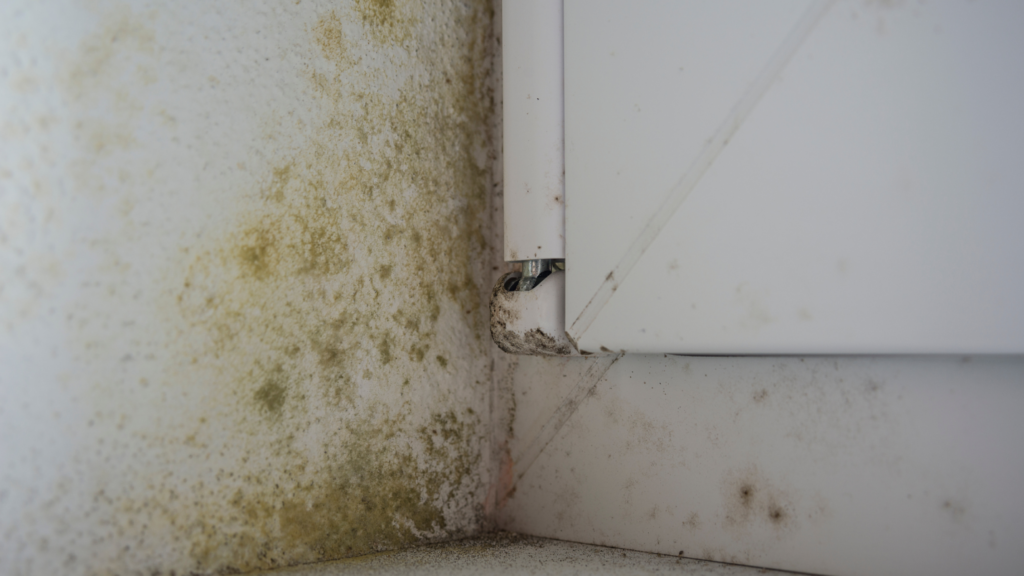
Steps to Take After Discovering Mold in Your Home
Mold growth in your home can be alarming, especially if it spreads quickly or starts affecting your health. Whether you notice visible mold on walls, ceilings, or hidden areas, it’s important to act swiftly to prevent further damage. Mold can cause respiratory issues, structural problems, and unpleasant odors, making immediate remediation essential. Here are the key steps to take after discovering mold in your home.
1. Identify the Source of Moisture
Mold thrives in damp environments, meaning it won’t grow without a moisture source. Before addressing the mold itself, determine where the excess moisture is coming from. Some common causes include:
- Leaking pipes or faucets
- Roof leaks
- High indoor humidity
- Poor ventilation in bathrooms or kitchens
- Flooding or water damage
If you don’t fix the source of moisture, mold will likely return even after cleaning. Conduct a thorough inspection of your home, focusing on areas with water exposure, and repair any leaks or ventilation issues immediately.
2. Isolate the Affected Area
Once you’ve identified the mold, prevent it from spreading to other parts of your home. Mold spores are microscopic and can become airborne when disturbed. To contain the spread:
- Close doors and windows in the affected area.
- Turn off heating, cooling, or ventilation systems to avoid circulating spores.
- Use plastic sheets or painter’s tape to seal off the contaminated space if the infestation is severe.
If mold has already spread to multiple areas, professional intervention may be necessary to handle the situation safely and effectively.
3. Protect Yourself Before Cleaning
If you’re dealing with a small mold problem (less than 10 square feet), you may be able to clean it yourself. However, safety should always come first. Before starting the cleanup process, take these precautions:
- Wear gloves, long sleeves, and protective goggles.
- Use an N95 mask or respirator to avoid inhaling spores.
- Open windows for ventilation while cleaning.
If you or someone in your household has allergies, asthma, or a weakened immune system, avoid handling mold removal on your own, as exposure can trigger severe reactions.
4. Remove and Clean Mold-Affected Surfaces
Once you are properly protected, start cleaning the mold from affected areas. The best approach depends on the surface type:
- Non-porous surfaces (tile, glass, metal, plastic): Clean with a solution of water and detergent, white vinegar, or hydrogen peroxide.
- Semi-porous surfaces (wood, drywall, insulation): These materials absorb moisture, making mold removal more difficult. In many cases, they must be removed and replaced.
- Fabric and upholstery: Wash items in hot water and dry them thoroughly. If mold growth is severe, disposal may be the best option.
Avoid using bleach, as it does not penetrate porous materials effectively and may not prevent regrowth. Instead, opt for antimicrobial cleaners or professional-grade mold removal solutions.
5. Dry the Area Thoroughly
After cleaning the affected surfaces, it’s crucial to remove excess moisture to prevent mold from returning. Use the following methods:
- Run fans and dehumidifiers to speed up drying.
- Keep windows open if humidity levels are low.
- Use moisture-absorbing materials like silica gel or baking soda in damp areas.
Ensure the space remains dry in the long run by improving ventilation, fixing leaks, and using exhaust fans in bathrooms and kitchens.
6. Monitor for Mold Regrowth
Even after thorough cleaning, mold can return if moisture levels remain high. Keep an eye on previously affected areas and watch for these warning signs:
- Musty odors that persist after cleaning.
- Dark spots or discoloration on walls and ceilings.
- Increased allergy symptoms or respiratory issues among household members.
If mold reappears, it may indicate an underlying moisture problem that wasn’t fully resolved. In this case, seeking professional help is recommended.
7. Seek Professional Mold Remediation if Needed
If the mold infestation is widespread, recurring, or caused by contaminated water (such as from sewage backups), professional remediation is the safest and most effective solution. Experts in mold remediation Long Island have specialized equipment to detect hidden mold, remove spores, and prevent regrowth.
Professional remediation services typically include:
- Identifying hidden mold behind walls, under flooring, and in HVAC systems.
- Using advanced drying and dehumidification techniques.
- Applying antimicrobial treatments to prevent mold from returning.
- Safely disposing of contaminated materials that cannot be salvaged.
Hiring professionals not only ensures thorough mold removal but also helps maintain a healthier indoor environment for you and your family.
Discovering mold in your home can be concerning, but taking immediate action can prevent long-term damage and health risks. By identifying moisture sources, containing the affected area, cleaning properly, and ensuring thorough drying, you can effectively manage minor mold issues. However, for extensive mold infestations, professional remediation is the best way to protect your home and health. Addressing mold problems early will save time, money, and stress in the long run.
